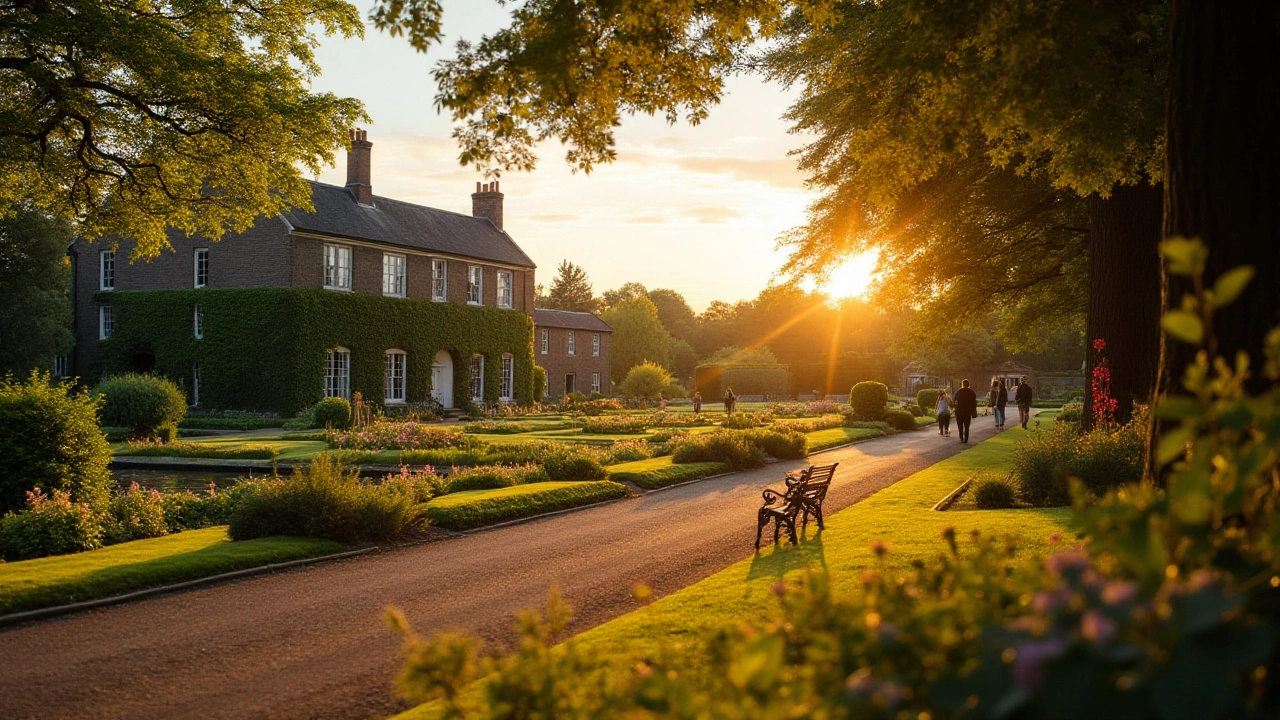Historic Estates: Your Guide to Staying in Britain’s Timeless Homes
If you love a good story and a cozy night by a fireplace, historic estates are the perfect choice. These places aren’t just old buildings – they’re living pieces of history that let you sleep where royalty once stayed, explore gardens that have seen centuries, and enjoy all the modern comforts you expect today. Below you’ll find simple steps to spot the best estates, book them without hassle, and make the most of every visit.
What makes a property a historic estate?
In the UK, a historic estate usually means a house that’s at least 100 years old and holds special architectural or cultural value. Look for listings that mention a Grade rating (Grade I, II* or II) – that’s a clue the building is protected because of its heritage. Many estates also sit on large grounds, featuring gardens, lakes, or even private woodlands. If a place has original stonework, antique furniture, or a story about a famous family, you’ve probably found a genuine estate.
Don’t forget the smaller gems. Some cottages on an estate are listed as “country house cottages” – they share the historic vibe but are more budget‑friendly. These often come with modern kitchens and Wi‑Fi, so you get the charm without missing out on tech.
How to book and make the most of your visit
Start by checking reputable cottage‑rental sites that specialise in heritage properties. Use keywords like “historic estate,” “country house,” or the specific Grade you’re after. Many sites let you filter by amenities – look for “private garden,” “fireplace,” or “on‑site parking” if those matter to you.
When you find a place you like, read the description carefully. Historic homes can have quirks: older heating systems, narrow doorways, or rules about moving furniture. If anything is unclear, shoot a quick email to the owner. Most hosts love sharing the estate’s history, and they’ll happily tell you which rooms have original features you shouldn’t miss.
Plan your stay around local attractions. Many historic estates are near castles, museums, or walking trails. A good tip is to arrive early in the day, take a walk around the grounds, and snap photos before the crowd does. If the estate offers a guide or a booklet, read it – you’ll discover hidden rooms, secret gardens, or legends that make the stay unforgettable.
Don’t forget to respect the property. Keep noise down, use coasters on antique tables, and follow any “no‑shoes” rules inside. A little care goes a long way, and many hosts will gladly let you return for another stay if you treat the place well.
Finally, think about meals. Some historic estates have on‑site cafés that serve locally sourced food, while others let you cook in a fully equipped kitchen. Trying regional dishes while staying in a historic setting adds a tasty layer to the experience.
Whether you’re after a romantic weekend, a family holiday, or a solo retreat, historic estates give you a unique blend of past and present. Use the tips above, book early, and you’ll be walking through history with all the comforts of today.
Discover the Charm of Country House Hotels
Country house hotels offer a unique blend of history, charm, and modern comfort, usually found on sprawling estates with landscaped gardens. This article explores what makes a country house hotel special, from its distinctive architecture to its personalized guest services. It provides potential visitors with tips on what to expect during their stay, highlighting the natural and cultural attractions often associated with these retreats. Whether looking for a peaceful getaway or an event venue, guests will find both luxury and tranquility in these rural havens.
- Jan, 1 2025
- 0 Comments
